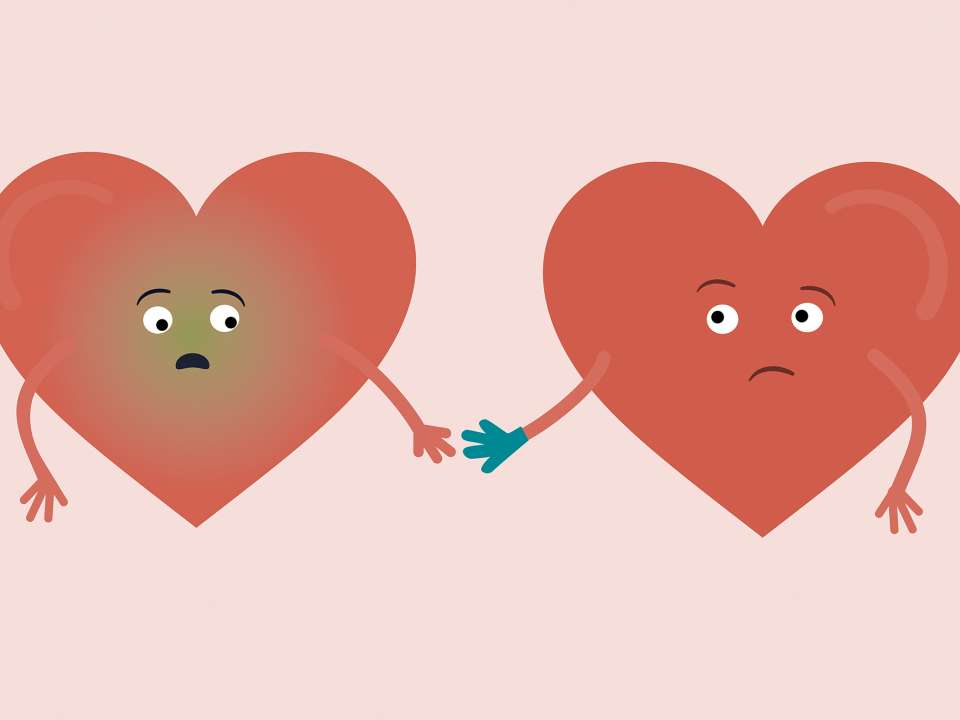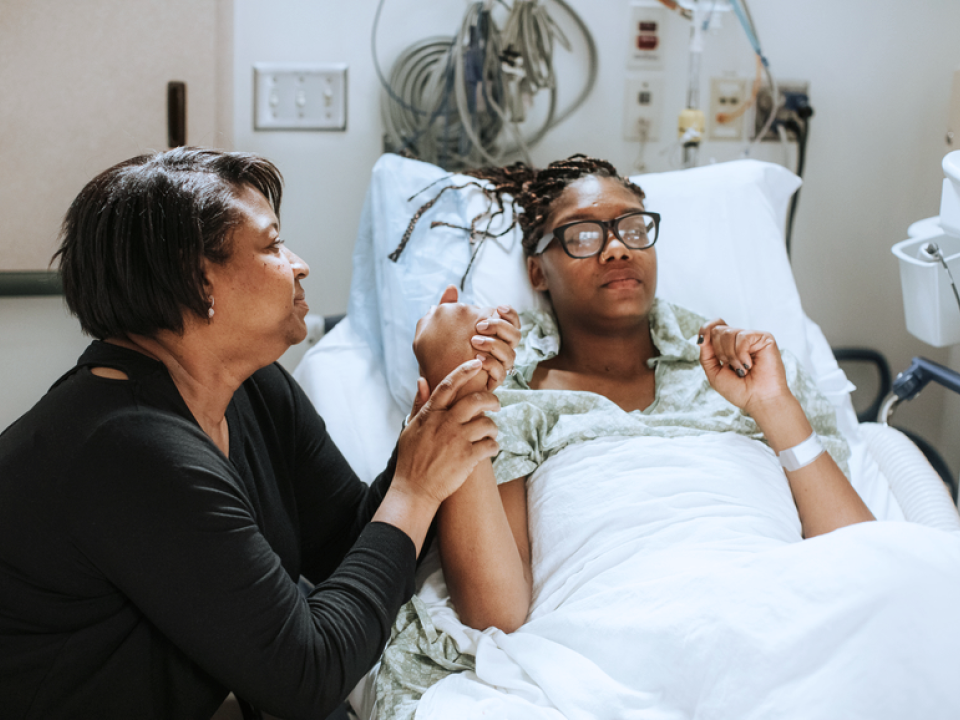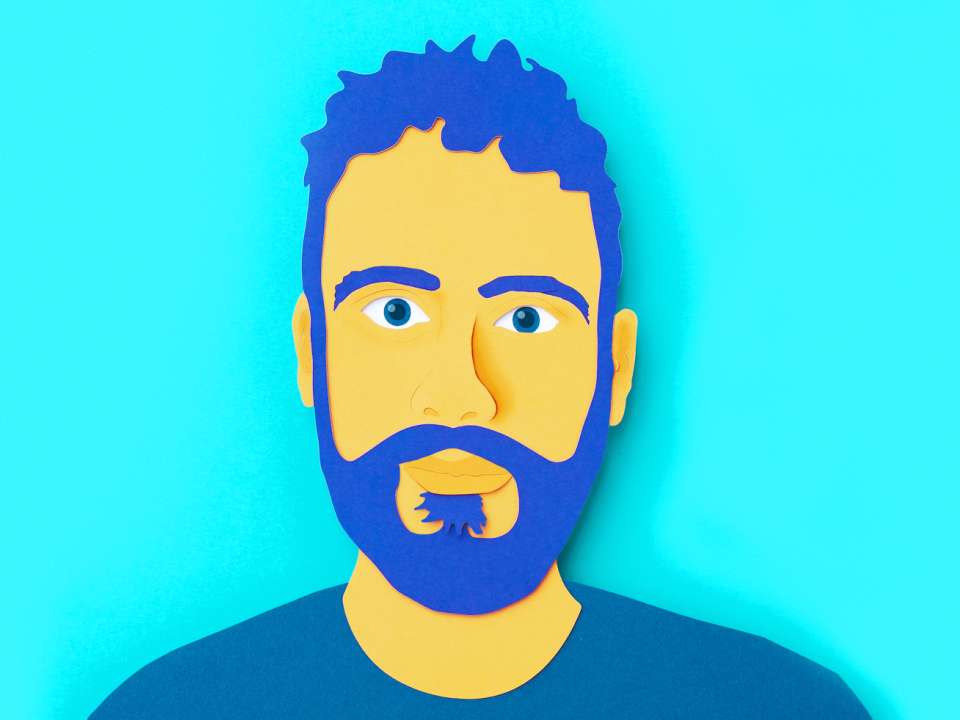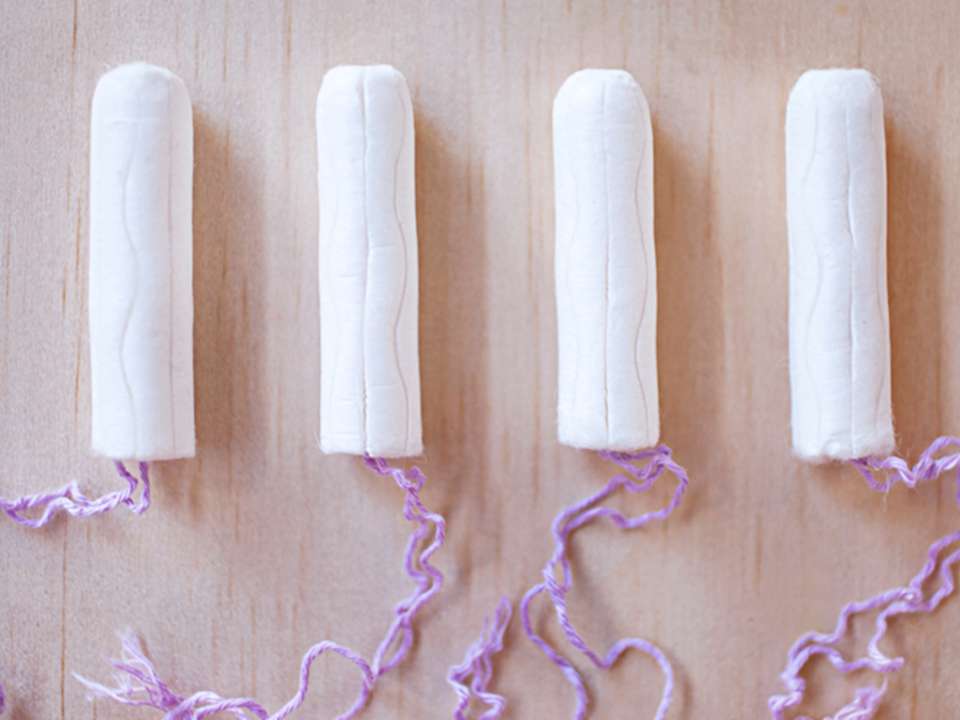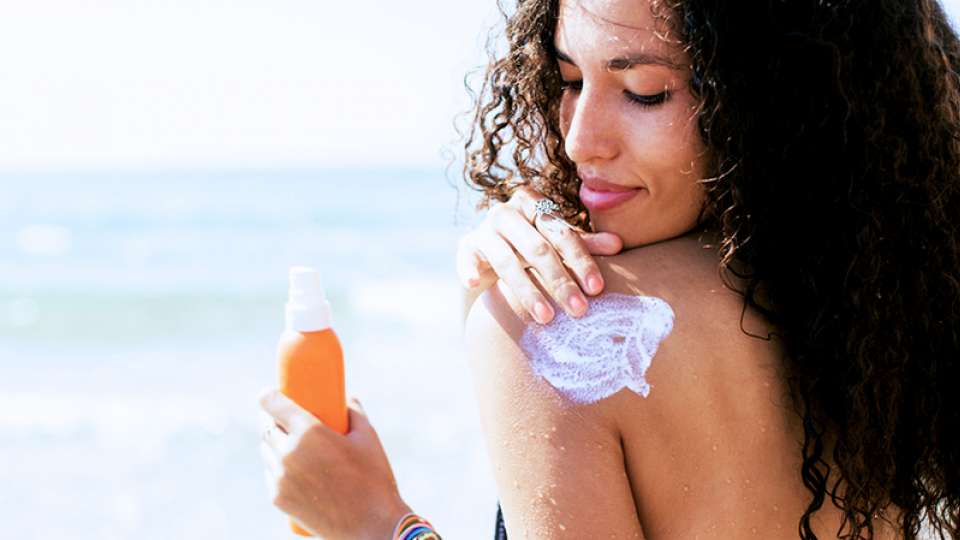
You’re ready for “shot girl summer” and are protected against COVID-19. But are you protected against the sun? Before you get geared up for beach days and boat rides, make sure you’ve got your sun protection figured out.
Dr. Ata Moshiri, assistant professor of dermatology who sees patients at the Dermatology Clinic at UW Medical Center – Roosevelt, answers your burning questions (pun intended) about sunscreen so you know how to protect your skin and make the most of summer — safely.
Why wear sunscreen?
The impact of sun damage is serious. It can cause wrinkles, lines, pigmentation, thinning of the skin and cancer — and in the Pacific Northwest, it’s all too common.
“The Pacific Northwest has some of the highest rates of skin cancer development in the United States,” says Moshiri.
One effective way to help prevent skin damage is — you guessed it — sunscreen.
“The most important modifiable risk factor to prevent skin cancer is limiting our exposure to the sun and the ultraviolet (UV) radiation that the sun gives off,” says Moshiri. “Sunscreen prevents that UV light from getting to your skin cells and causing damage.”
What type of sunscreen should you use?
There are two main types of sunscreens: chemical and mineral.
“Chemical sunscreens are made up a whole bunch of ingredients, such as oxybenzone or avobenzone, for example,” says Moshiri. “On the other side, we have the physical blockers: zinc oxide and titanium dioxide.”
To find out which type of sunscreen you’re purchasing, read the ingredient list on the back of the sunscreen bottle.
Mineral sunscreens are called “physical blockers” with good reason: They sit on top of the skin and help shield it by physically scattering the harmful UV rays.
Chemical sunscreen typically contains a combination of chemicals that can include oxybenzone, avobenzone, octisalate, octocrylene and homosalate, among many others. They absorb UV rays like a sponge through a chemical reaction that transforms the UV rays into heat.
Chemical sunscreens have been called out for harming the environment, including coral reef bleaching. In addition, a recent study found that applying chemical sunscreens to people’s skin produced significantly higher concentrations of the chemicals in their blood.
While those reasons are obvious deterrents from using chemical sunscreens, Moshiri says they’re a good backup option (and better than no sunscreen at all). Just reach for mineral sunscreen first.
“More studies need to be done to determine if they are actually harmful. Don’t avoid using chemical sunscreens, just be aware,” he says. “I’d recommend using a physical blocker if you can tolerate it, as they’re better for the environment and there’s less unknown about them.”
At the end of the day, the best sunscreen is the one you actually use.
What is broad-spectrum sunscreen, and should you use it?
Companies use “broad spectrum” to describe sunscreen that protects against both UVA and UVB rays. You should always reach for sunscreens that protect against both types of light, as they can harm you in different ways.
“UVA and UVB are two different spectra of light on the UV spectrum,” explains Moshiri. “UVA are longer wavelength rays that have lower energy and UVB is a shorter wavelength that has higher energy. Both come from the sun and reach the earth’s surface.”
Because of its longer wavelength, UVA rays tends to penetrate deeper into the skin. It’s responsible for the skin’s tanning response, as well as wrinkles and damaging the elastic fibers and collagen bundles that give elasticity to the skin.
UVB rays, on the other hand, cause more damage to the top layer of skin cells. They are responsible for your sunburn response and are directly related to the long-term development of skin cancer because they can damage the DNA in your cells.
“You want to use a broad-spectrum sunscreen because it’ll protect you from the photoaging elements and the DNA damaging elements,” says Moshiri.
How much SPF is enough?
Now on to the next sunscreen-related decision: what sun protection factor (SPF) to use.
“The minimum recommended number is 30,” says Moshiri. “But in general, the higher the SPF, the better.”
Put simply, as the SPF value increases, sunburn protection increases.
“Everyone takes a different amount of time to burn, and the SPF number is the factor by which your natural burn time is prolonged,” says Moshiri. “For example, if you take two minutes to burn, and you apply SPF 30 sunscreen, you’re protected for 60 minutes.”
This calculation is not a perfect correlation, so it’s best to err on the side of caution by reapplying every two hours (and after you get wet — Moshiri notes that there’s no such thing as a truly waterproof sunscreen).
How much sunscreen do you need?
When applying sunscreen, don’t skimp.
“Use as much as you need in order to cover your exposed skin entirely with a thin layer,” says Moshiri.
Don’t forget often overlooked areas: the tops of your feet, the backs of your hands and your upper chest.
Another sunscreen factor to consider: spray versus lotion.
“In general, lotion sunscreens are going to be easier to apply effectively because they force you to smear them over the area,” says Moshiri. “Sprays are a little more fickle. You’re more likely to miss with a spray.”
If you do use a spray-on sunscreen, Moshiri recommends spraying a pool into your palm and rubbing the liquid into your skin to ensure you get good coverage.
Other ways to protect yourself from sun damage
“Sunscreen should be part of a holistic strategy to prevent damage from the sun,” says Moshiri.
He offers simple ways to protect your skin that go beyond the sunscreen bottle: Avoid sun during the peak hours of 10 a.m. and 2 p.m., seek shade when you do go outdoors and wear protective clothing.
“I’m a huge fan of sun protective clothing: broad-brimmed hats that cover your ears, sunglasses and sun-protective shirts,” says Moshiri.
Sun-protective shirts are sometimes rated with a slightly different acronym: UPF, which stands for ultraviolet protection factor. According to Moshiri, UPF has a similar rating system to SPF – the higher the number, the more protection you get.
“There are no special chemicals in sun-protective clothing, just a tighter weave fabric,” he says. “Look for a UPF 50+ rating. It’s marvelous because it’s like wearing a high SPF on your body that you don’t have to reapply.”
What to do if you get sunburned
If you forgot to reapply sunscreen or missed a spot (hello, strange tan lines), you may be in for some red, tender skin. But the good news is that most sunburns are minor and can be treated at home.
“The first thing you want to do is cool the skin,” says Moshiri. “Apply a cool compress or ice pack several times a day or get in a cool bath.”
Then, treat sunburn tenderness and inflammation by taking anti-inflammatories such as ibuprofen, keeping the burn moisturized (Moshiri recommends an emollient like calamine lotion or aloe vera), and protecting your skin from further sun exposure.
“You should expect the pain and redness to subside in a few days,” says Moshiri. “You may see your skin peel for the week or two after the burn, which is a normal healing response.”
There’s no need to cover a routine sunburn with a bandage unless you develop blistering. But, if you notice the sunburn is blistered on a large portion of your body or you feel ill afterward, talk to your doctor. Severe sunburns can cause fever, headache, nausea, vomiting and dehydration — all symptoms that warrant a trip to the emergency room.
Practicing sun safety year-round
It goes without saying that the best thing to do is to avoid sunburns altogether. That means applying (and reapplying) sunscreen, wearing protective clothing and seeking shade.
“You should practice good sun hygiene year-round,” says Moshiri. “Avoid burns and deep tans. If you’re deeply tanned by the end of the summer, you’re probably getting too much sun.”
Even when it’s cloudy, don’t slack on your sunscreen application.
"The fact is, you can get sunburned on a cloudy day, as 80% of UV light gets through clouds,” says Moshiri.
So whether it’s sunny beach weather or a typical overcast day — sunscreen up. Your skin will thank you.

 Healthy ideas for your inbox
Healthy ideas for your inbox
